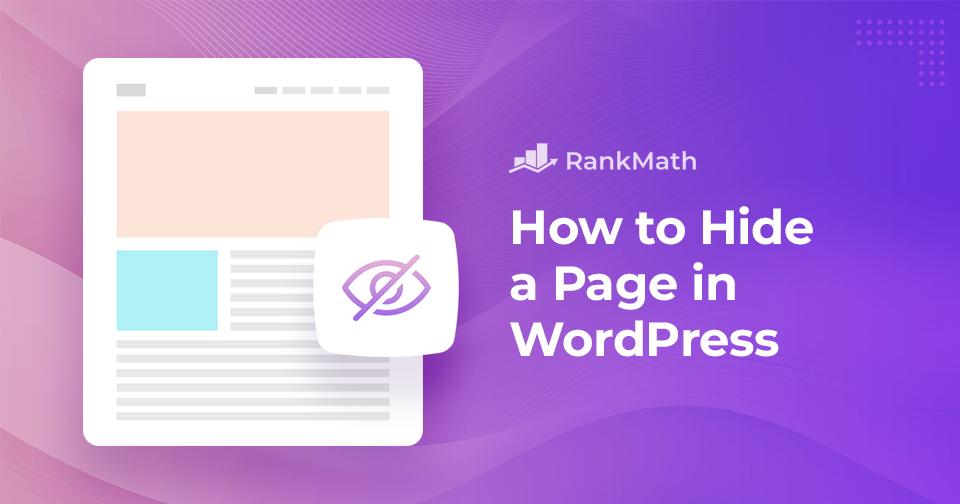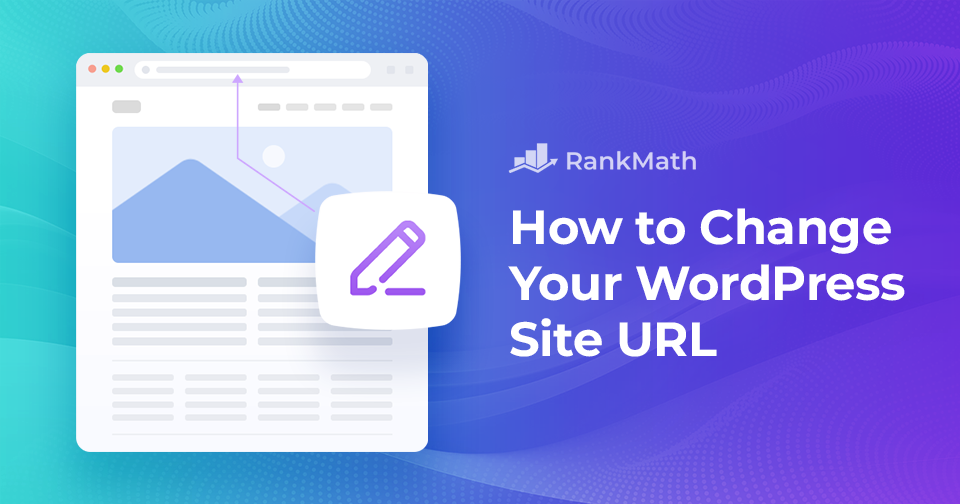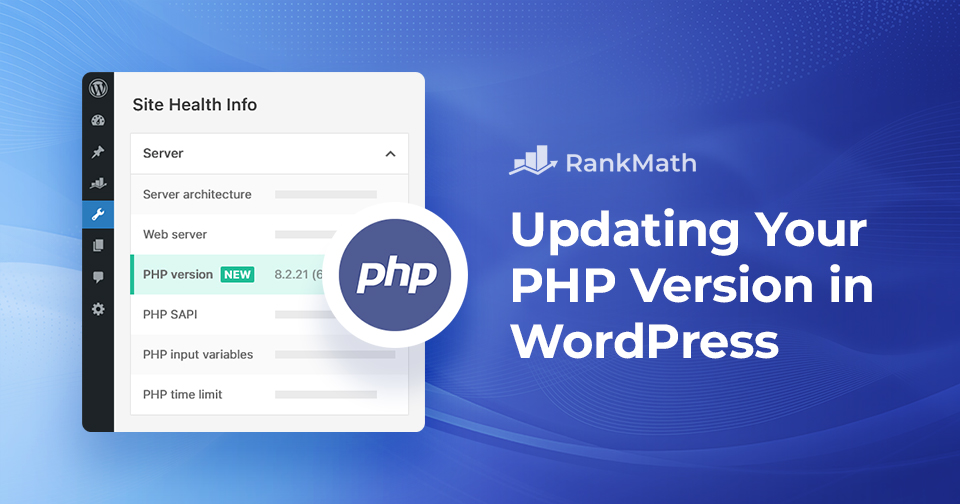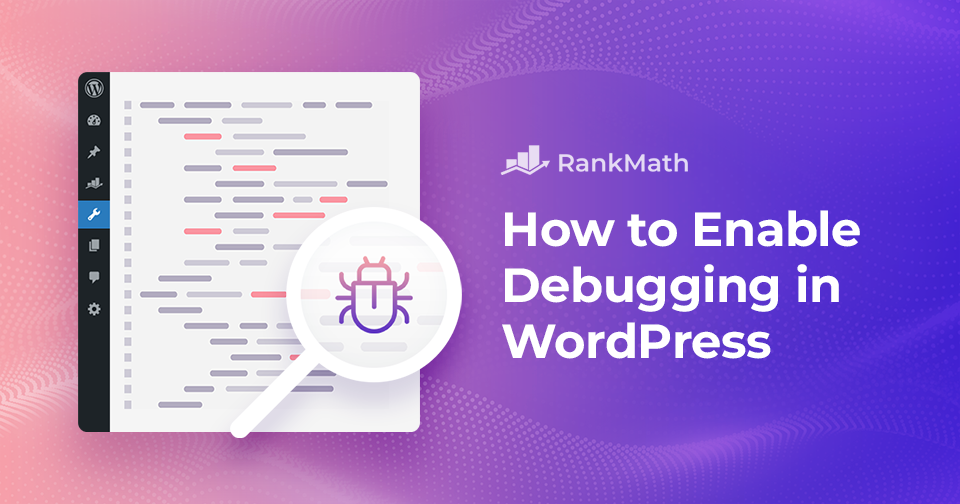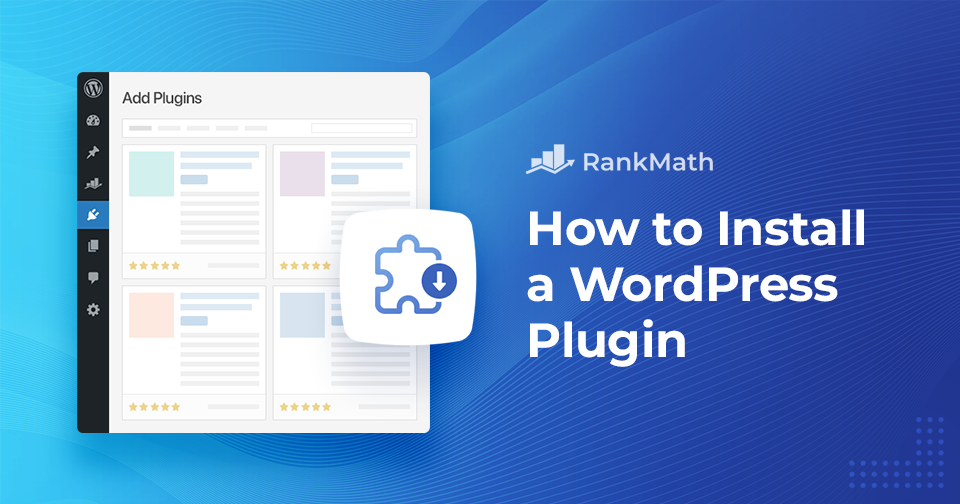How to Easily Hide a Page in WordPress
If you’re like me, you love creating and sharing content on your WordPress site.
But sometimes, you don’t want every page out in the open for the world to see. Maybe you’re working on a draft, building an exclusive page for clients, or keeping something private until it’s ready.
The good news is that you can easily hide a page in WordPress is simple, and you don’t need to be a developer to do it.
In this post, I’ll walk you through easy ways to hide a page, so you can stay in control of what your visitors see and when they see it.
So, without any further ado, let’s get started.
Continue Reading